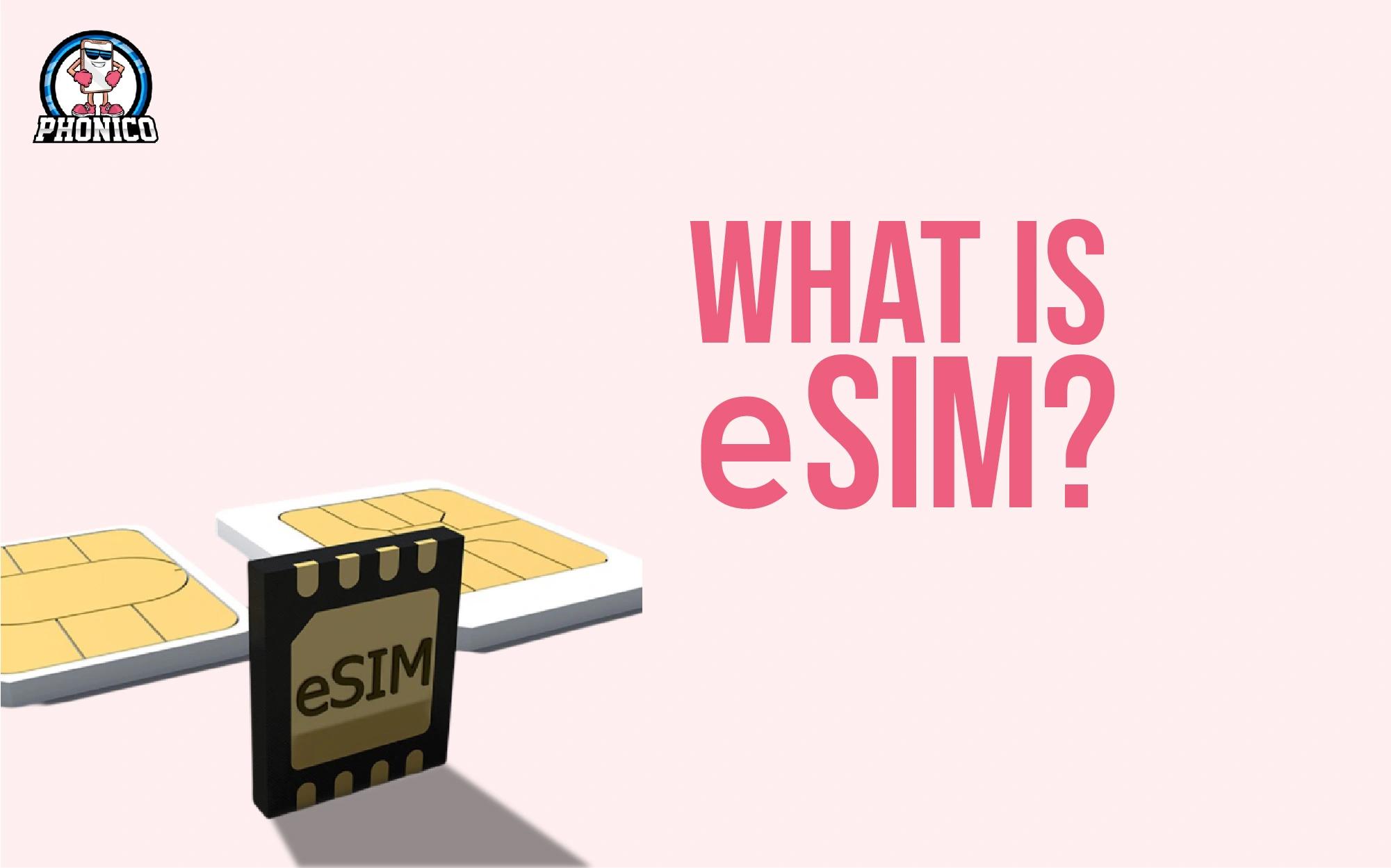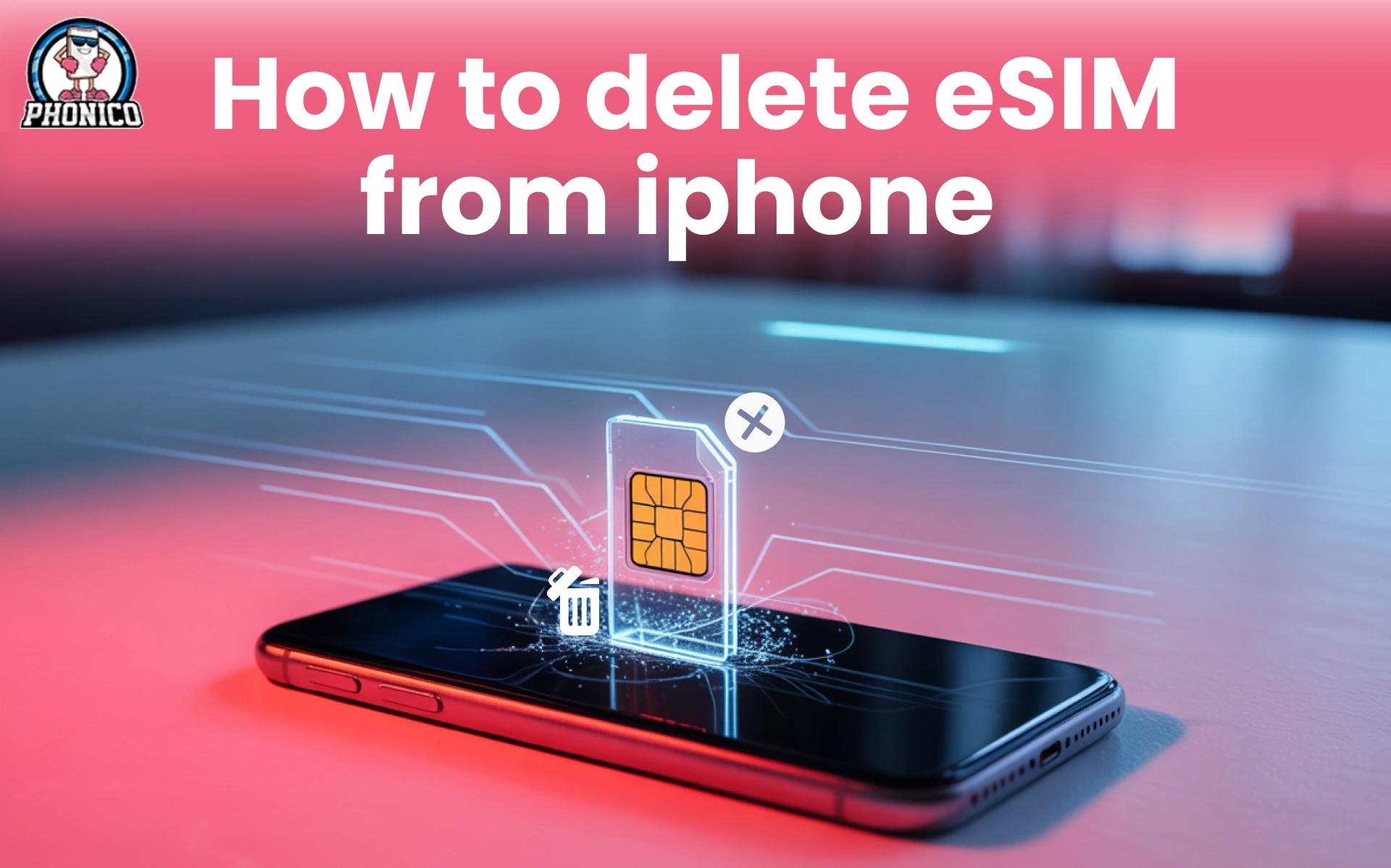Are eSIMs subject to SIM swap attacks? A Security Guide
Most of the users are shifting toward eSIM technology because of its travel flexibility and convenience. However, with its emergence, users are concerned about its security. The question usually asked is whether eSIMs are subject to SIM swap attacks.
eSIM is more secure than a physical SIM. However, the SIM swap attack breaches the eSIM users and can access their social media accounts and bank details. What are the steps eSIM users can take to avoid this fraud?
In this article, I will explain how eSIMs are subjected to SIM swap attacks and what possible steps users can take to avoid this situation.
What is a SIM swap attack?
SIM swap attack is a fraud in which the hackers hijack the user's phone number. They access your social media, galleries, and bank accounts through the number. Hackers pretend to like you and manipulate the network provider to swap your number to another SIM.
Once it happens, they can log in to your accounts, send messages, and use your number for fraudulent activities. After this, the user loses the two-factor authentication.
How does SIM swap work?
Here is how the SIM-swapping scam works.
Attacks the Personal Information
The scammers can log in to your accounts, access your personal information, and send messages and emails on your behalf. Your number can be used for fraudulent activities.
Loss the 2FA
After this scam, the user loses the two-factor authentication.
Social Engineering
Scammers contact your carrier and provide the stolen information of the users to pass the identification checks.
eSIM Attack
eSIM is a digital SIM that has more complex security measures compared to a physical SIM. However, it can attacked using deep programming tactics.
Are eSIMs vulnerable to SIM swap attacks?
eSIM Compared to physical SIM, embedded SIM has likely lower chances of swapping attacks. It is considered more secure because it is embedded into the devices and offers remote activation.
- Embedded into Device: Unlike the physical SIM card, eSIM is a tiny chip that is embedded into the devices and can’t be stolen. This feature contributes more to the security.
- Remote Activation: The remote installation and activation of the eSIM make it more secure to use. QR code or manual installation of the eSIM adds security to the eSIM. However, the scammers can manipulate your provider and get access to your digital SIM control.
The fraud vulnerability is high in physical SIM. Embedded SIM is not fully secure from fraud attacks.
How are eSIMs subjected to SIM swap attacks?
Here are some things about how embedded SIMs can be subjected to SIM swap attacks.
Hack Carrier Accounts
Scammers can hack your carrier account through data breaches. They can access the eSIM profile information and switch the eSIM to their own devices.
Trick Your Mobile Provider
Firstly, the scammers get your personal information. After that, they persuade your network provider and ask to change embedded SIM settings. Through the user's personal information, they pass the ID check.
Poor Carrier Authentication
While activating the eSIM carrier, use the weak authentication method, which can lead to the SIM swapping attack.
How to protect your eSIM from swapping attacks?
Digital SIM is vulnerable to attacks. Therefore, here are various steps you should take to secure your device.
- Mobile carriers allow users to set strong passwords on the account. Set a strong password or PIN on both carrier and device accounts. It prevents your device from unauthorized access.
- Enable the two-factor authentication system. It adds a security layer to the user's personal information. After turning this on, users enter the verification codes two times to ensure security.
- In case of a suspect attack, avoid opening the links in suspicious emails. These messages are designed for the baits.
- Check for the new security updates on your device. Keep your device updated to match the advanced security patches.
- Don’t share your personal information, like account details and ID, to the unknown caller or emails.
- You should use the biometric or face ID to save your details.
FAQs
Can my phone be hacked with eSIM?
Unlike the physical SIM, eSIM uses more advanced security measures to secure users' data. However, the digital SIM is not immune to hacking attacks.
What to do if you suspect a swap attack?
If you suspect the swapping attack, contact your carrier and confirm to have complete control of your eSIM. Immediately change your account passwords such as social media and bank accounts.
Are eSIMs safer than physical SIMs?
Yes, eSIMs are the digital version of the physical SIM cards. They are embedded into the devices and can’t be physically touched. They have less chance of a SIM swapping attack than a physical SIM.







